Newly renamed Clinton National Airport embarks on a multi-phase redevelopment plan
Following a feasibility study in 2007, the Little Rock Municipal Airport Commission launched an ambitious terminal redevelopment plan called the 2020 Vision. This plan will replace, renovate and expand the existing terminal facility—unveiled in 1972—by adding an expanded and remodeled ticket lobby, creating a new security checkpoint and terminal commons, replacing the concourse and adding additional gate capacity, and creating a new baggage claim wing, thus realigning the existing serpentine roadway.
More than 2,000 attendees recently celebrated the completion of the plan's first phase, which coincided with the official dedication of the Little Rock National Airport's renaming for Bill and Hillary Clinton.
"I have a very personal reaction to this event," said former Secretary of State Hillary Clinton. "More than 40 years ago, the first time I came to Arkansas, I flew into this airport."
The airport has experienced tremendous growth since Secretary Clinton first landed in Little Rock, now serving 2.2 million passengers annually and providing 3,500 local jobs. That growth has led the airport to make major changes as it prepares for the future and seeks to provide better service in the present.
Improvements
The $67 million Phase 1 redevelopment included a new baggage-handling system with new screening and makeup areas, an enlarged and renovated ticketing lobby, realigned terminal drive for improved curbside accessibility, expanded security checkpoint with more lanes and queue area for passenger screening, and expanded and renovated airline and administrative office spaces. Other improvements included a new airport entrance sign and communication control center, along with upgrades to mechanical and electrical equipment, the closed circuit television system (airside and landside), and a relocated and expanded valet parking lot. While not all of these projects are visible to passengers, each project provides a direct benefit to improved airport services and operations and is an essential step toward future improvements.
For Phase 1 of the terminal redevelopment program, led by Architectural Alliance, Garver performed aviation, mechanical, electrical, structural, civil, and plumbing engineering and periodic construction observation services.
"This project tapped nearly every one of Garver's capabilities," said Project Manager Eric Farmer, PE, who oversaw all electrical design.
Renovating a portion of the existing terminal building proved the most cost-effective approach to achieving the airport's goals, but it also brought challenges.
As part of the redevelopment, Garver designed a utility relocation project, opening the eastside terminal building expansion area for the new baggage-handling facility, which provides new state-of-the-art computerized baggage tracking and screening system with baggage carousels for airline sorting and delivery of bags to their respective planes. By removing the TSA screening equipment from the ticketing lobby and increasing space for the airline and TSA offices, these improvements provide customers with more ticketing space than they've had since prior to 9/11.
Award-Winning
Earlier this year, Garver won an American Council of Engineering Companies of Arkansas award for the underground utility relocation services project at Clinton National Airport. Garver performed design and construction services for this project, which was a critical path item for work to begin on the terminal redevelopment's multiple projects. The project was a fast-track design, constructed under the budget estimate, and completed on a coordinated schedule to the satisfaction of the airport and all involved utilities.
History of Partnership
The completion of Phase 1 marks a huge step for the airport, which generates an estimated $1.2 billion in annual economic benefit. Subsequent Phase 1A projects for improvements to restrooms and recharge stations are in construction to offer additional amenities to passengers. With a plan to pay off all of its debt by 2017, Clinton National Airport is one of the most financially sound small-hub airports in the nation.
"The changes you see today are just the beginning," Airport Commission Chairman Kay Kelley Arnold said at the ceremony.
While the redevelopment is not complete, Garver has helped set the tone for future renovations and development for the terminal building by making the facility more modern and customer-friendly while completing the first phase on time and under budget.
Garver has provided engineering services to the airport for more than half a century, services beyond just the development of runways and taxiways. Since the 1990s, Garver has participated in every major terminal renovation project at the airport, working in coordination with airport-selected architects to produce quality work.
In the next chapter of Garver's relationship with Clinton National Airport, Garver will provide crucial utility relocation services as a precursor to the redevelopment plan's second phase. Furthermore, Phase 2 schematic design services are underway with considerations being evaluated for a new terminal commons, concourse, and baggage claim areas.

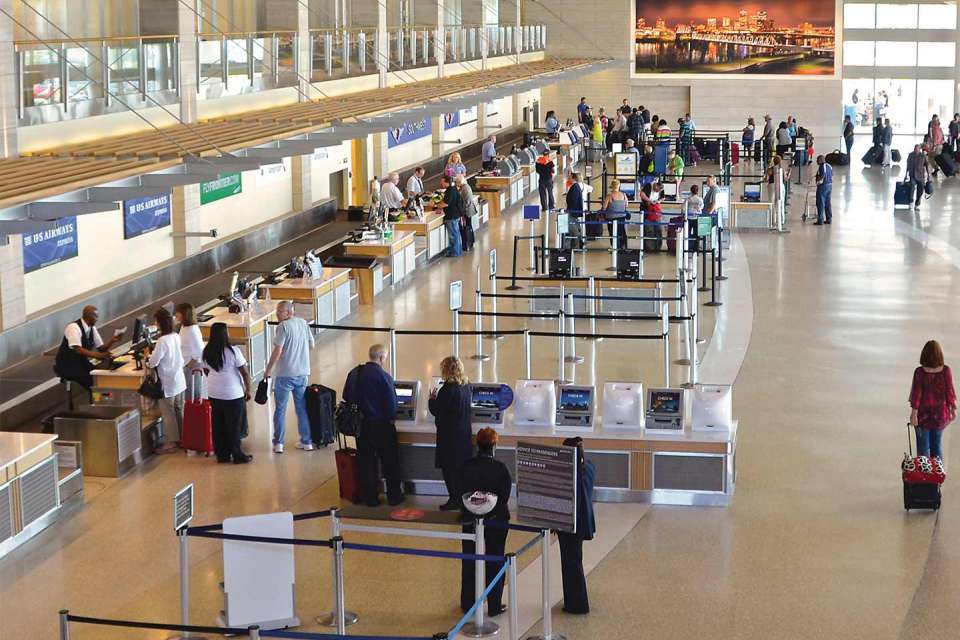
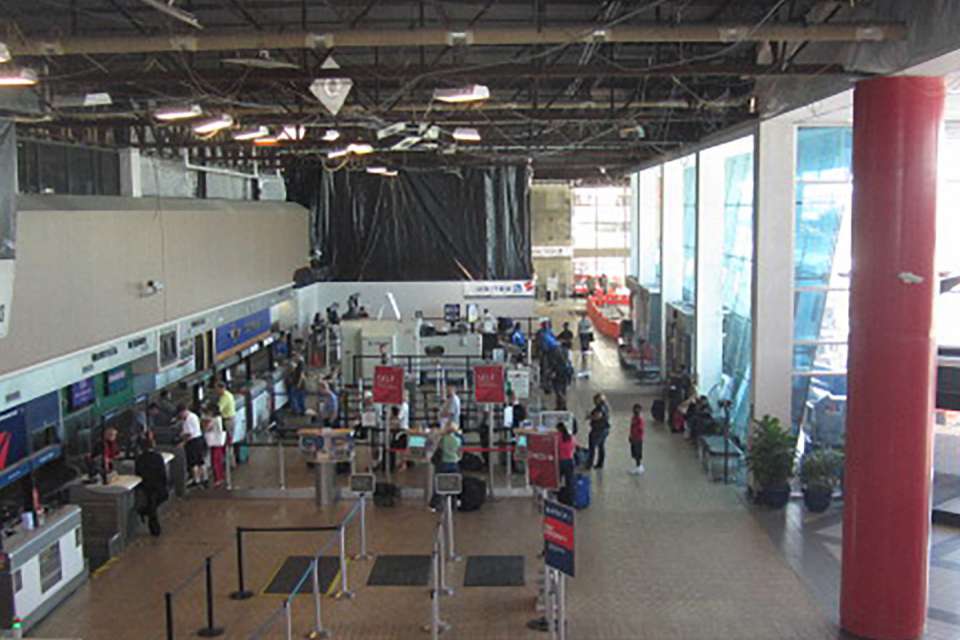
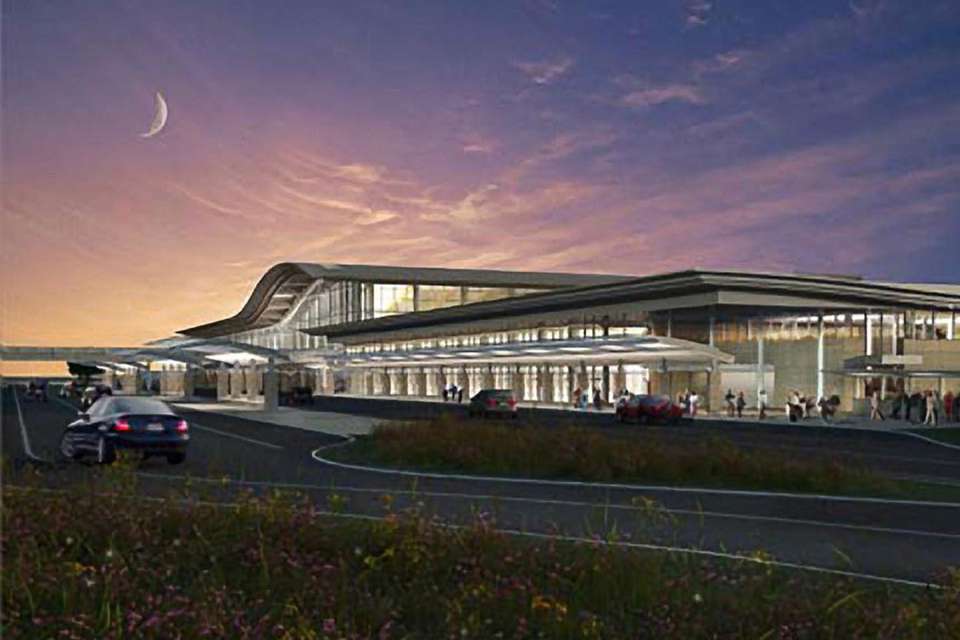
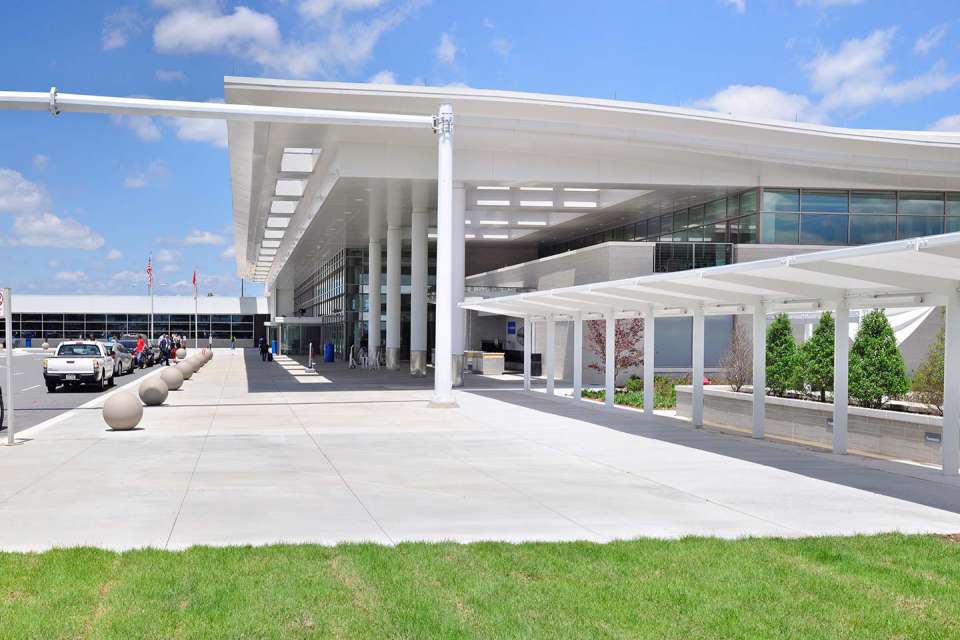
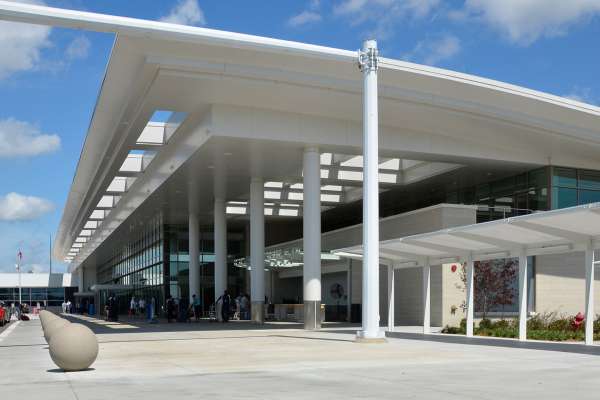


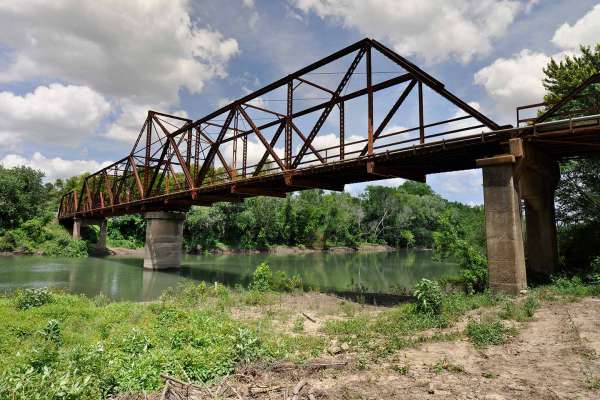

Share this article